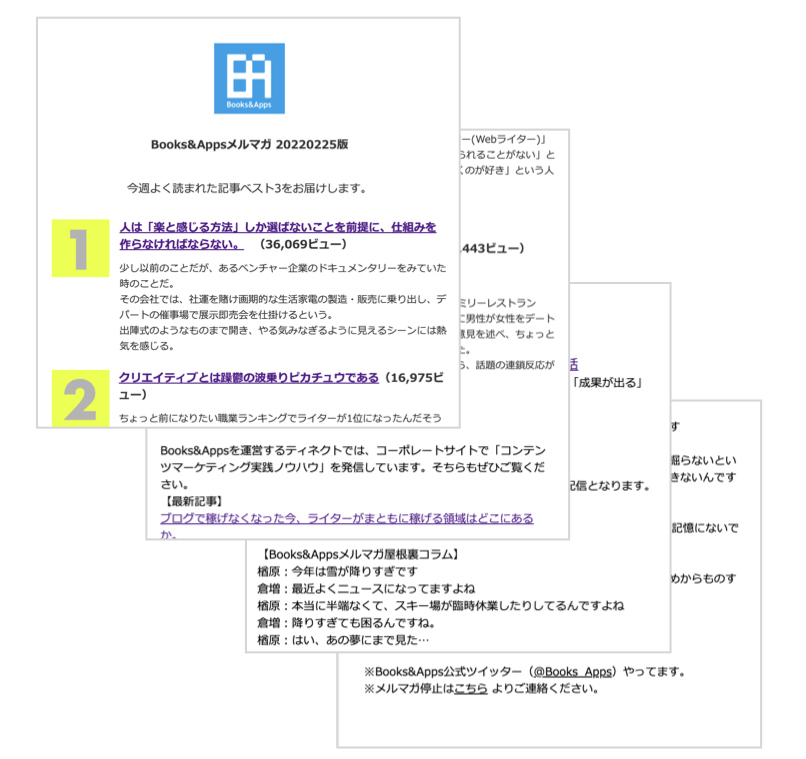When I talked to an engineer at a software company, we discussed how to improve work process.
The engineer said,
“Our president told us to improve our work process, and motivated members have been working on it. There are many ideas to make things work, and we are busy trying. However, it doesn’t look like those ideas are improving things such as delivery date or quality of the products. Why do you think they haven’t work? “
Interestingly, at almost the same time, many companies talked to me about the same issue.
“The harder motivated members work, the less achievement is gotten in total.”
―It’s an ironical situation, but very typical in any companies.
Have you read the book titled “The Goal” by Eliyahu Moshe Goldratt.
The author is an Israeli physicist. He discusses “Theory of Constraints (TOC)”.
It’s a very interesting book that contains useful knowledge, so I would recommend it to any new working adults.
One theme of this book is to criticize partial optimization.
The author shows us an example. A company that introduced a new machine in order to increase its productivity ended up having too many stock at the following line process. Partial efficiency makes confusion and less output in total.
Another example is a company that co-worked with several software developers.
“More productive company than others” has done their work before the due date, and this clarified what their clients are like.
“Our clients will like this better”
They decided the specification change. However, less productive companies couldn’t adapt this change, so the whole product turned a disaster, which looked nice only partially.
Later on, the company told me what they have learned,
“A few productive companies or engineers cause confusion. So we will go at a speed of the least productive company or engineer, even though it looks slow.”
We now notice an important fact.
After all, “achievement of a project” or “team achievement” totally depends on “the least productive member in the team”, the bottleneck that causes troubles for the teammates.
In other words, “the least productive person or group” rules “team achievement”.
For example, a company with a not-so-great sales department cannot do the work beyond the capability of the sales department even if the manufacturing department and the marketing department are excellent.
If a sales person is excellent at presentation, but not good at office work, his/her tasks tend to stagnate. After all he/she cannot work on new customer acquisition.
This is “a bottleneck” discussed in “Theory of Constrains”.
Here’s another story. A marketing team consulted me before.
Team consisted of 4 members, and one of them was very sloppy.
The sloppy member always caused troubles for others. He/she miswrote the address on Direct Mails and took a claim. He also e-mailed to a client who claimed to unsubscribe the newsletter, which caused the team leader to apologize the client.
The team leader tried to reduce those mistakes by “checking twice” or “making rules on how to update the newsletter”, but it caused more work to do and overtime work.
The team leader asked me,
“What should I do?”
I said,
“Which do you like better, to kick him out and have 3 members to work on the project or to adjust the work speed to a pace of the sloppy member?”
He was thinking for a while.
“If I think of only the current situation, it is better to be 3 members.”
“OK then.”
“However, if the team has 3 members, one of 3 might cause troubles. As long as I kick out a person who isn’t productive one by one, I have to conclude that the best way is to do all myself. “
“I see.”
“That’s not a team any more. I see. I will slow down the pace.”
“I got it.”
Later days, his team adjusted the schedule so that the sloppy member has enough time to check his tasks.
Three month later, the team leader told me,
“We are more productive these days. It is crucial a person to get used to his/her tasks.”
I’d say that’s the moment he learned “what management is”.
Author’s Facebook account : https://www.facebook.com/yuya.adachi.58
アメリカだけれど、
ブログ:いぬさん宛てのお手紙届きました。
(Photo:Werkheim)











